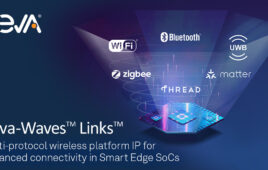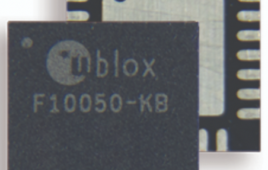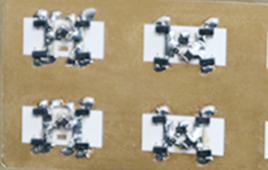WiTricity, the industry pioneer in wireless power transfer over distance, has collaborated with Honda for its bi-directional, wireless Vehicle-to-Grid (V2G) energy management system. The solution, which will debut at the 2019 Consumer Electronics Show (CES), has the potential to reduce carbon dioxide emissions, balance the energy grid and save money for EV owners and electric utilities.
All major car manufacturers and climate-focused countries like China, India and France are racing to phase out gasoline and diesel-guzzling vehicles over the next few decades in favor of EVs. But with an increase in EV adoption comes challenges for the electric grid. To help balance supply and demand, batteries in EVs can be used as a source of energy storage for the grid. To become an easily tapped back-up power source to send electricity back into to the grid, EVs can be equipped with wireless V2G technology, or bi-directional charging. With hands-free wireless connections between the vehicles and the grid, many more vehicles will be available to the grid for V2G purposes, as compared to conventional charging systems that require the driver to connect a clumsy cable. This increased availability of back up storage can make V2G into a significant source of stored energy for the electric grid.
Honda’s V2G solution leverages WiTricity’s DRIVE 11 wireless charging platform, which creates a seamless and efficient two-way energy flow between the car and grid. With DRIVE 11 and Honda V2G, vehicles can be parked over a wireless charging ground pad and electric power can flow from the grid to the vehicle to charge the battery, or from the vehicle to the grid to help meet electric demand during peak usage periods. Honda EV owners can participate in the V2G program and receive compensation from utility operators who use the power from the vehicles to reduce the need to burn natural gas or diesel fuel to meet peak demand.
Research collaboration between Honda and WiTricity began in 2016. In 2018, the companies presented a jointly authored paper at the SAE World Congress that addressed the use of wireless power transfer for V2G applications. The study, “Feasibility Study of Bi-directional Wireless Charging for Vehicle-to-Grid,” can be read here. The research resulted in Honda’s wireless V2G energy management system, which is fully compatible with the interoperability requirements of the SAE J2954 standard for vehicle wireless power transfer.
“Honda is paving the way for a future of mobility that is environmentally sustainable and intelligent. WiTricity is aligned on that vision, and our joint research, which dates back to our co-presentation at the 2018 SAE World Congress, has molded the industry’s most efficient bi-directional, EV wireless power solution,” said Alex Gruzen, CEO of WiTricity. “Honda V2G vehicle owners will benefit from the convenience of wireless charging, utility incentives and ability to power their homes with excess energy, contributing to an environmentally-conscious future.”
The solution will be on display at CES 2019 in Honda’s booth (#7900).




